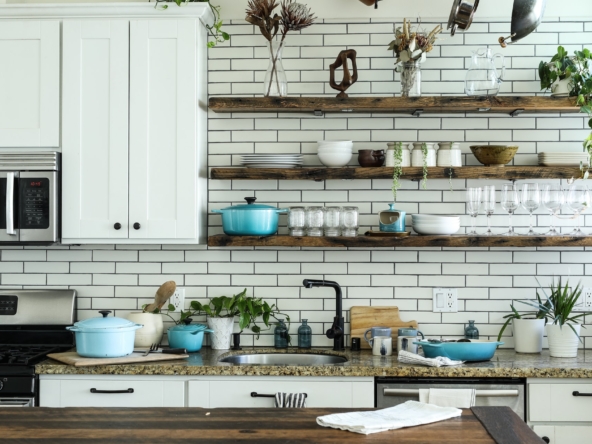What is the lifespan of a prefab home, and how can I ensure it lasts as long as possible? It is certainly a question for those of us considering modular buildings as a major investment in offices, storefronts, university classrooms, and labour housing.
How Long Do Prefab Homes Typically Last in Canada?
Prefabricated modular buildings last for a long time if three factors are taken into consideration:
Is Your Prefab or Modular Home Temporary or Permanent?
According to the internet, a temporary modular building should last for approximately 25-30 years even in the harsh Canadian climate. Temporary buildings are used to give customers a quick working space during construction.
Your business can use them to set up an office suite, a small retail shop, or a portable school classroom at a fraction of the cost. In addition to meeting code requirements, the lifespan of the temporary building is affected by factors such as the quality of materials, the type of foundation, and whether the building is in a “used” condition.
If temporary buildings are properly maintained and updated like any commercial building or home, they can last a lifetime.
What Type of Materials Were Used to Build Your Modular Home?
Generally, modular buildings with a permanent foundation have a longer lifespan than temporary ones. All modular buildings are built on permanent foundations in accordance with local, provincial, and federal codes. The codes for apartments with more than one story differ from those of double-wides with one story.
There are a number of factors that affect the longevity of a permanent modular building, including maintenance and the type of construction. To build more robust prefab buildings, prefab home builders and architects use thicker, stronger materials that will withstand time, weather, and seismic activity for longer periods of time.
Was Your Prefab Home Properly Installed by Licensed Professionals?
The quality of the company with whom you are partnering will almost certainly determine the answers to these questions. Moreover, it is essential to lay solid foundations for modular buildings in order for them to be correctly constructed and installed. Understanding how modules are manufactured, delivered, and welded is essential to building success.
In a modular building, you need to inspect all the major parts. The quality of the materials and the system you’re discussing determine how often tasks and updates need to be done. Floors, roofs, siding, plumbing, HVAC, and mechanical systems are just a few.

Durability Mistakes With Modular Building
There are a significant number of modular buildings, prefabricated buildings, mobile homes, and portable buildings that are often considered to be weak and unreliable.
Although modular buildings differ from the mobile trailers we grew up with, it is still true that a modular building is a unique structure. A modular building is a manufactured structure that’s divided into volumetric modules and assembled in a controlled environment, like a warehouse or factory. In the same way as stick-built buildings, modular buildings have to meet strict building codes and permits.
What do you think? We would love to know.
Ultimately, we believe that prefabricated homes are a worthwhile investment, especially in Ontario and across Canada. And if you invest in the right builder (and give them some maintenance), you can be sure that a prefabricated home will last just as long as any traditional home.



